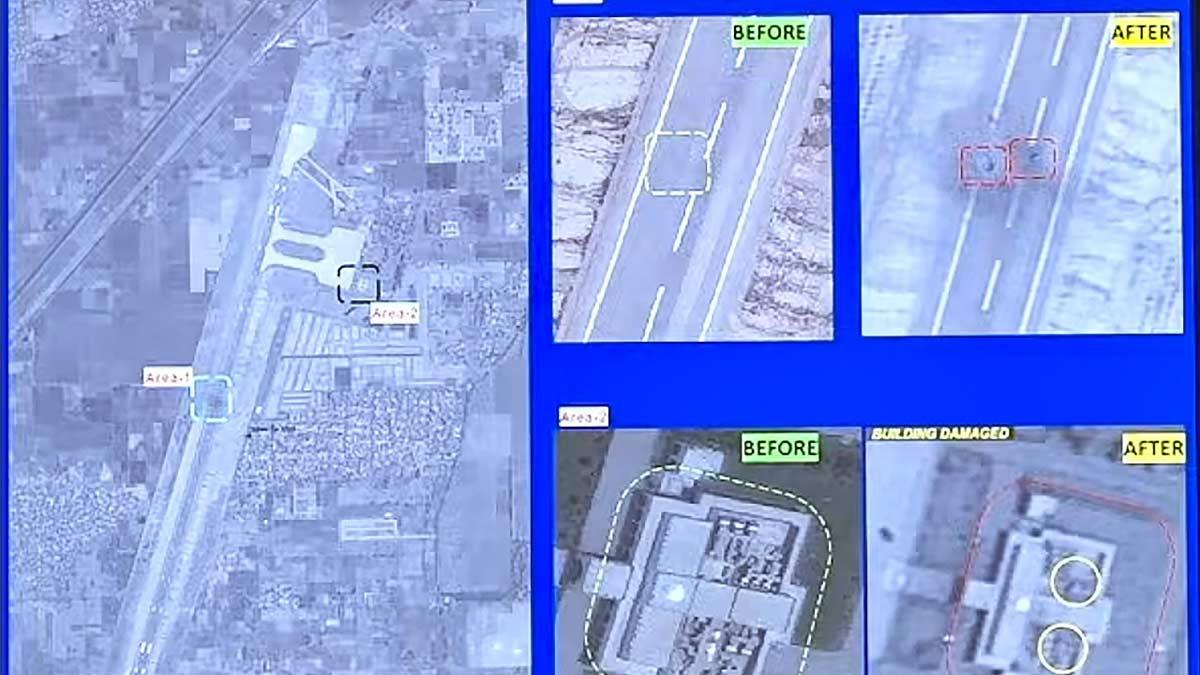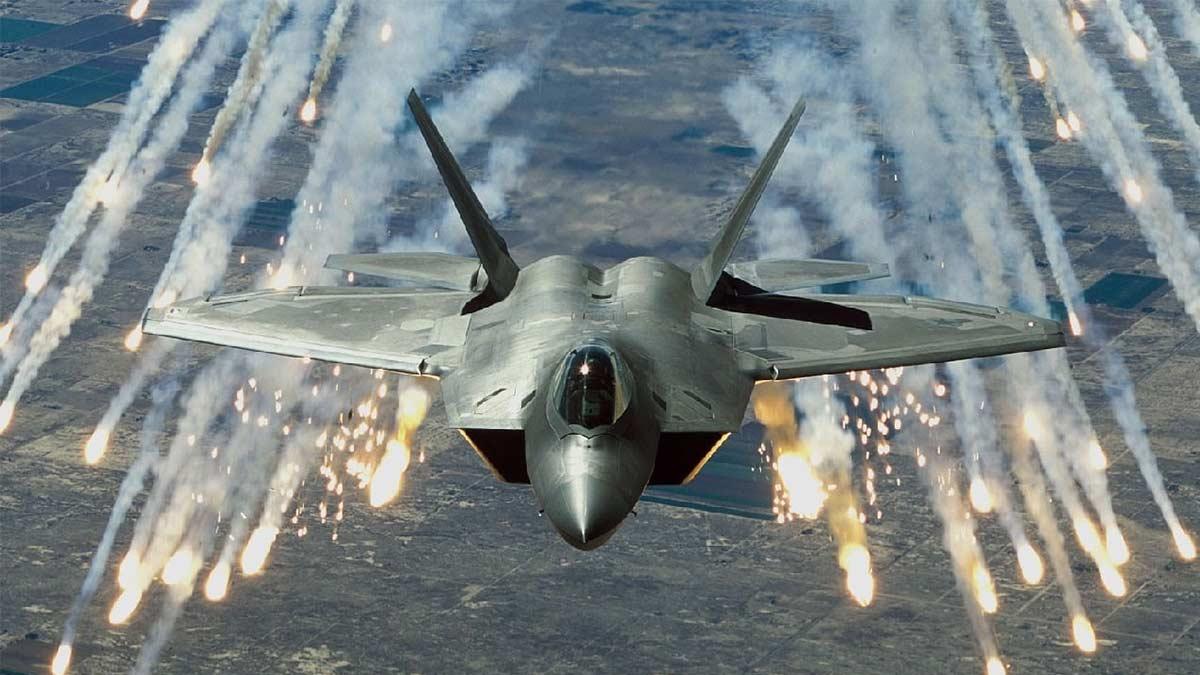As the consequences of India's aggressive 'Operation Sindoor' begin to emerge, fresh intelligence has come to light on the severity of the blow dealt to Pakistan's military installations, highlighting the heavy price Islamabad has paid for patronizing cross-border terrorism.
Indian strikes have severely depleted the air capabilities of Pakistan, erasing almost 20% of its military flying infrastructure, sources at the highest level have revealed. A number of fighter planes were destroyed during the operation, and 30 to 40 Pakistani troops could have been killed, reports indicate.
Operated on May 7, 'Operation Sindoor' was a carefully planned series of assaults on terror dens in Pakistan and Pakistan-occupied Kashmir. While targeted at terrorist infrastructure, Pakistan viewed the attacks as a direct attack and retaliated with drone and missile strikes on Indian military and civilian targets—an effort quickly undermined by India's advanced defence systems.
India retaliated with strategic accuracy, using both domestic and Israeli arms to attack at least 10 to 11 Pakistani airbases. Major military facilities like Sargodha and Bholari, which had F-16s and JF-17 fighter aircraft, were bombarded extensively. As many as 50 personnel, including Squadron Leader Usman Yusuf and four airmen, are said to have been killed at Bholari alone.
Pakistan's Army confirmed on Tuesday that 11 of its soldiers had been killed and more than 70 injured in the week-long fighting. Indian military officials, however, put the number of Pakistani military casualties at up to 40.
Sources reported that in addition to the loss of a substantial number of Pakistan's air assets, several JF-17 aircraft—provided by China—were damaged or destroyed. Airbases attacked included Nur Khan (Chaklala), Rafiqui (Shorkot), Murid (Chakwal), Sukkur, Sialkot, Pasrur, Chunian, Skardu, Shahbaz (Jacobabad), and Bholari.
Satellite imagery verifies extensive damage, with craters indicating runways and aircraft hangars destroyed at Sukkur, Rahim Yar Khan, Mushaf (Sargodha), and Jacobabad.
**Strategic Gains for India:**
'Operation Sindoor' constitutes a significant realignment of India's counter-terror stance. In the view of Prime Minister Narendra Modi, this new direction heralds a "new normal," wherein Pakistan will face an aggressive and commensurate reply for any aggressions.
In addition to causing harm on military installations, India neutralized nine high-target terror launchpads belonging to outfits such as Lashkar-e-Taiba, Jaish-e-Mohammed, and Hizbul Mujahideen. Striking deep strategic targets like Bahawalpur and Mudrike sent a message that India would attack the center of Pakistan if it was to be provoked.
This mission also revealed weaknesses in Pakistan's air defence systems, which did not intercept or deter Indian planes. India's air defence systems, on the other hand, effectively neutralized all incoming threats.
Perhaps most significantly, 'Operation Sindoor' shifted the Kashmir narrative on the international stage. For the first time, the matter was distinctly divorced from counter-terrorism operations, with PM Modi stating that future negotiations with Pakistan would be about only two issues—stopping terrorism and retrieving Pakistan-occupied Kashmir (PoK).
Essentially, 'Operation Sindoor' has reconfigured regional security dynamics and strengthened India's strategic red lines, and conveyed a strong message to both its rivals and the international community.
Read also| India's Defence Budget Surges Over 100% in 11 Years to Strengthen Armed Forces


















